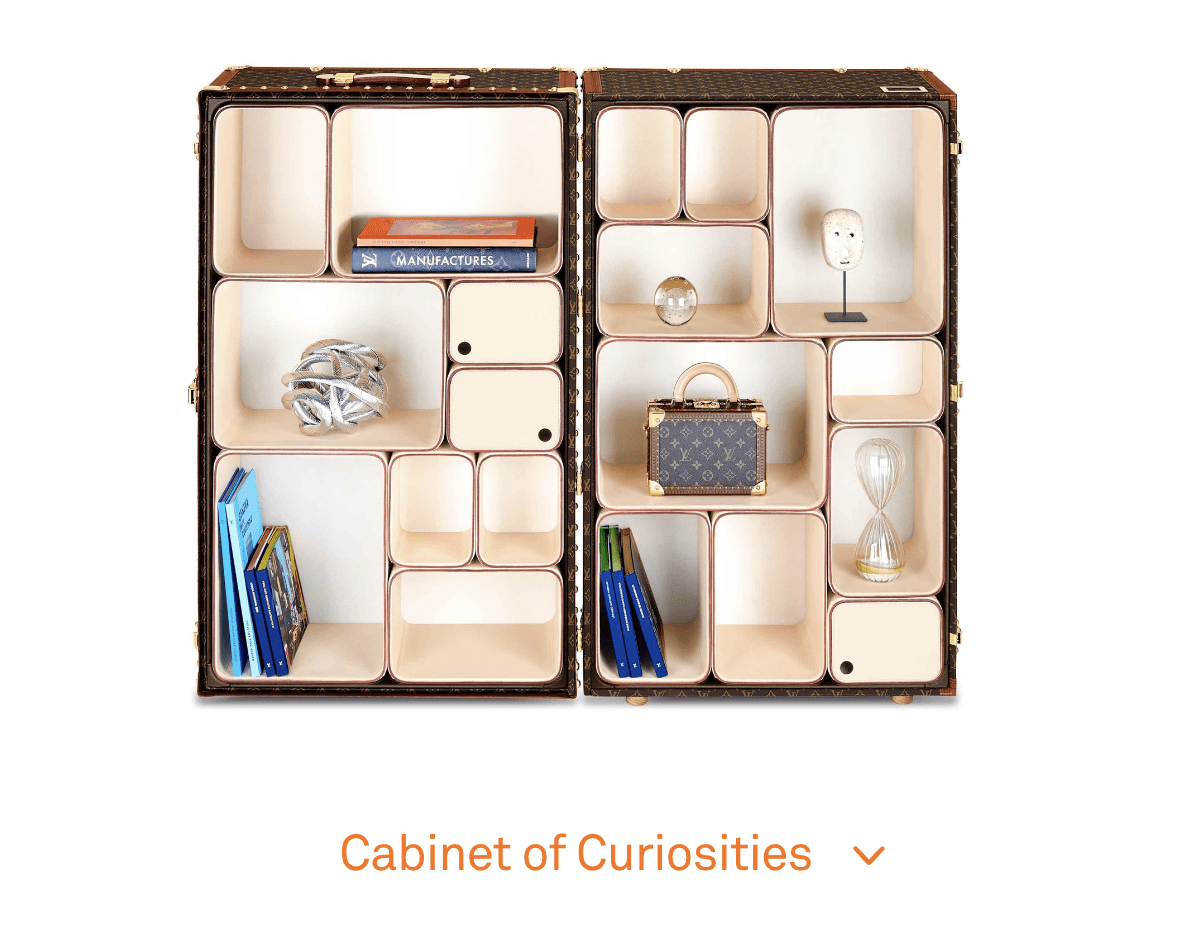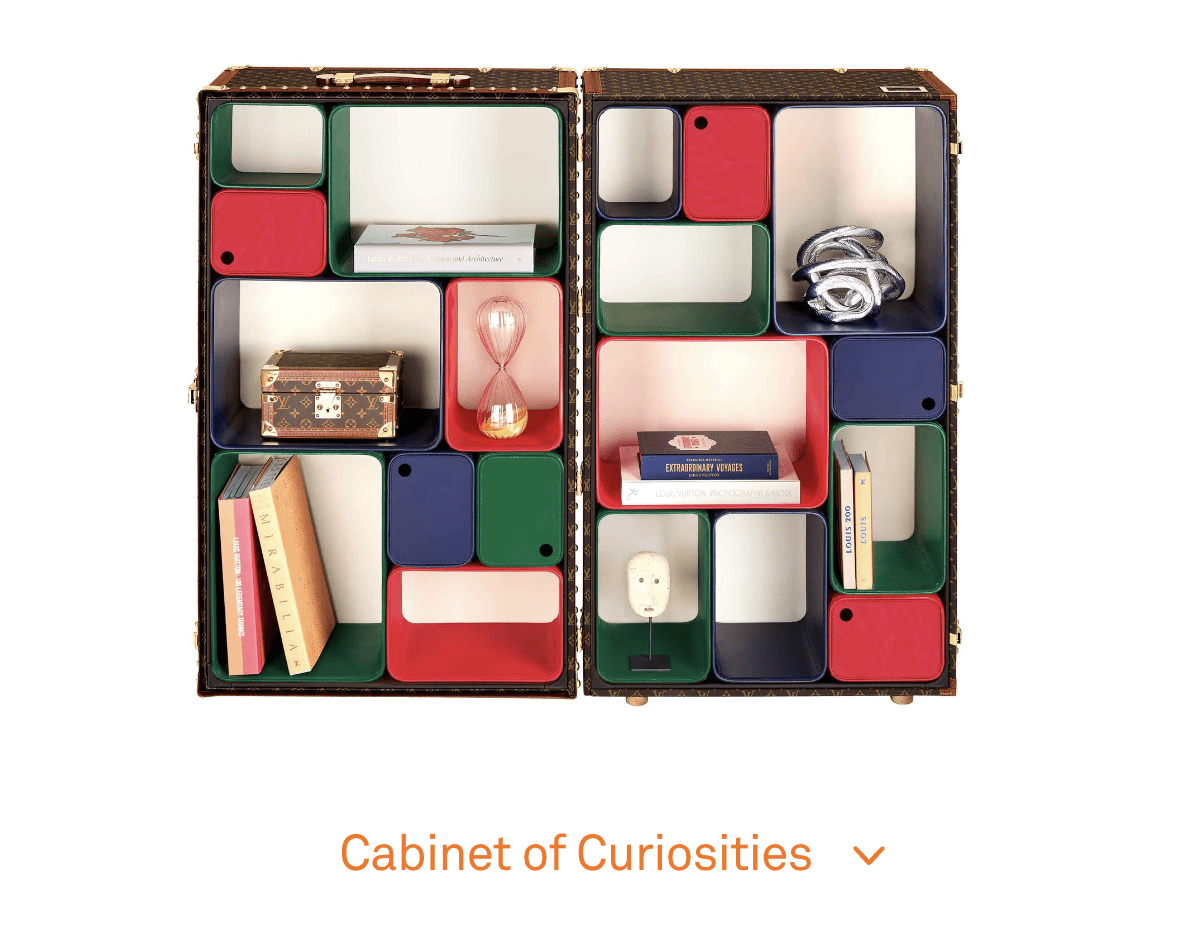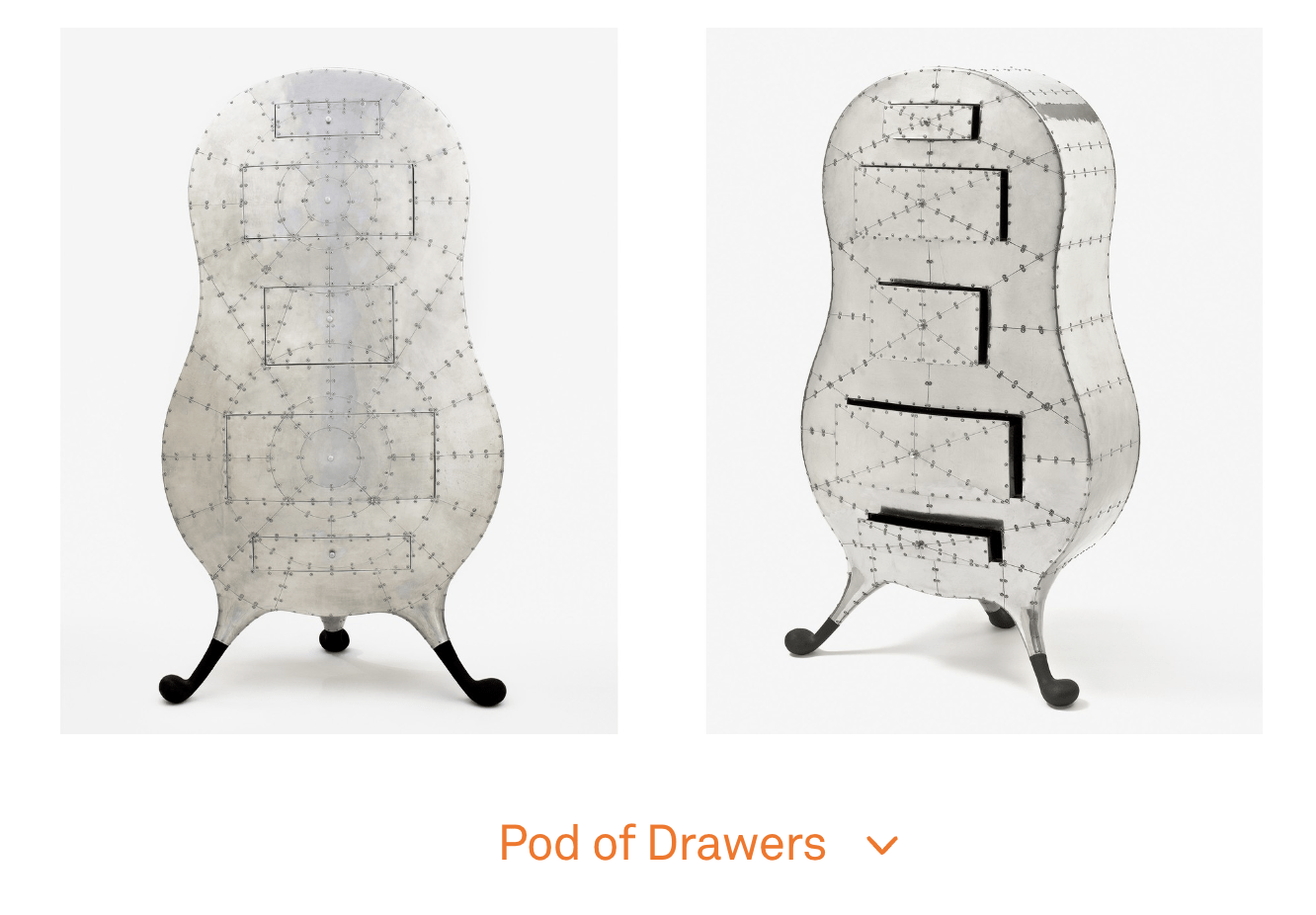Design Discussion – Week 6
Marc Newson
– Video and Reading Discussion –Opinion on Newson’s work:
Out of all the designers we have looked at so far, I find Newson’s perspective one of the most intriguing. Rather than placing the most importance on the results of his final products, Newson’s main focus appears to be regarding the process of creation, and all the discoveries and new skills that come along with it. After researching Newson, I would describe him as an innovative creator inspired by his curiosity and desire for discovery.
Regarding his past, with some influence from his grandfather, Newson studied jewelry design and silversmithing at the Sydney college of the arts. Despite having no intentions of going into the jewelry field, he took these classes regardless as he believed it was the best field to study if he wanted to learn how to create things. The skills that came along with the craft were priceless and would prove to be necessary and crucial for his future endeavors. When questioned about his past education in the arts and if he identifies himself as an artist or a designer he explains, “I consider myself a designer, I don’t know if I’ve ever thought of myself really as an artist.” Newson’s perception and interpretation of design is one that distinguishes it from the art world, adding that, “I think that design within itself is a distinct industry, and it’s a distinct meta.” Art and design are two separate categories to him, and thus under his definition he would closer associate himself with designers rather than artists. Still, he mentions that he considers his works closer to sculptures than designs.
When delving into a project he follows what he describes as an “organic process.” He details how when creating, “I didn’t really think in terms of the future, it was very much of the now.” His creations are not simply focused on outputting a product, but rather about discovering methods to push the boundaries of the possibilities through the vast versatility of materials. This mindset shines through in his interviews where he explains, “It’s not about creating these things so I can have them. It’s about creating these things so at the end of the process I’ve learned how to do it. So my kind of body of knowledge is that much greater.” Above all, his emphasis and interest lies with the material aspects of his pieces. Through each piece he creates, he aims to push the boundaries of all design elements: materials, processes, color, and techniques. Nevertheless, this doesn’t mean that he disregards the meaning or results of his work, on the contrary he strives to create something that can live by itself, a classic item that can stand the test of time.
As a designer, Newson is deeply passionate and motivated about his work, clearly expressing no intent to stop or slow down, stating, “I mean, it sounds really naive but I just do what I do. It’s my job, this is what I do. I really honestly don’t know what else I would do if I couldn’t do this, I’d be screwed.” After looking through his pieces and learning about his perspective and motivations, I really appreciate his idea and value of knowledge as a priceless skill. Overall, I look forward to seeing what other creations Newson continues to develop in the future.
Reflections on Newson’s Designs:
1) Design I liked:
Cabinet of Curiosities
 Besides its pleasing visual aesthetic and vast customizable components, I think one of the most appealing aspects of this product is its creative blend and twist behind the intended purpose. When introducing this product, Newson explains “The Trunk is an object that retains incredible iconography. I wanted to reverse the context: it is not about the piece traveling, but the items displayed in the trunk having traveled and meaning something to you.” This creation unifies two separate ideas, into a new and imaginative artistic work: the display elements of typically sedentary cabinets, and the association of travel with luggage. Although I usually dislike luxury products that serve no inherent use and are expensive for the sole purpose of the brand name, with this piece, the main focus is not on the luxury brand but rather on the contents that accentuates and highlights. Over anything, the meaningful souvenirs and objects that the user has developed connections with become the main focal point, moving this normally luxury good into the background and ultimately transforming it into more of an inspirational conversation piece that serves as a frame for meaningful memories.
Besides its pleasing visual aesthetic and vast customizable components, I think one of the most appealing aspects of this product is its creative blend and twist behind the intended purpose. When introducing this product, Newson explains “The Trunk is an object that retains incredible iconography. I wanted to reverse the context: it is not about the piece traveling, but the items displayed in the trunk having traveled and meaning something to you.” This creation unifies two separate ideas, into a new and imaginative artistic work: the display elements of typically sedentary cabinets, and the association of travel with luggage. Although I usually dislike luxury products that serve no inherent use and are expensive for the sole purpose of the brand name, with this piece, the main focus is not on the luxury brand but rather on the contents that accentuates and highlights. Over anything, the meaningful souvenirs and objects that the user has developed connections with become the main focal point, moving this normally luxury good into the background and ultimately transforming it into more of an inspirational conversation piece that serves as a frame for meaningful memories.
1) Design I Didn’t like:
Pod of Drawers

For this product, Newson claims to have been inspired by the 1920s French designer André Groult, as well as innovative 18th century design styles. However, even with this history and throughout artistic impressions, I can’t help but dislike many aspects of this piece. First of all, in my opinion this invention is at odds with Newson’s characteristic design style that is present among most of his other works. Most noticeable when scrolling through his website, this product is a stark contrast from his usual sleek, clean, modern, and normally brightly colorful designs. Furthemore, personally, the cold and harsh components of the cabinet come off as unattractive and unpleasant, making this a piece of furniture that I would never consider placing in my home. Overall, I think that with this product, Newson was attempting to stray away from his usual ideas with a fresh and distinct style, but in the end the final outcome falls short of his intentions.
Comparison and Contrast of Designers:
Over the past few weeks we read about and explored the world of design and some of its current influential innovators.
Amidst these, Philippe Starck, James Dyson, and Marc Newson all share similarities in the ways in which as designers they have made a significant and meaningful impact on the world of design. Considering a variety of materials and innovative ideas, each has made their own respective breakthroughs that have received popular recognition not only from the public but from influential brands that have resulted in major collaborations, further expanding their worldwide acceptance and reach. However, beyond design, all have also been instrumental in the development and mindset that influenced modern culture.
Even so, regardless of their shared acclaim and popularity, they possess many differences throughout several features of their work that set them apart. Firstly, when it comes to taste and aesthetics, each designer has their own unique preferences that not only distinguish them from one another, but from all other designers too. Secondly, each designer has their distinctive individual area of expertise. While Dyson focuses on engineering and technology, Starck’s interests are artistic characteristics such as aesthetics and form, and Newson prioritizes materials and technique. Lastly, in their approach to design, Starck, Dyson, and Newson all have a bias towards a particular individual thought process and style. For Dyson that is functionality, for Starck its expression, and for Newson it’s a combination of functionality and exploration.
Despite these evident differences between their styles, perspectives, and methods, they all continue to influence our modern society, leaving behind significant and enduring legacies.
